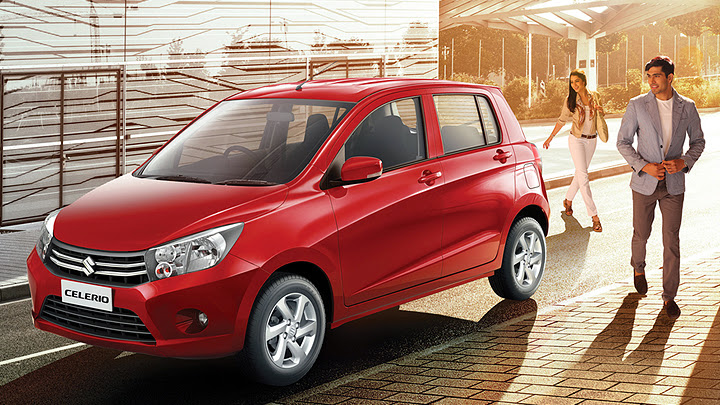
If you became curious about that subversion, one of its most famous examples would be Reliant’s three-wheeled cars, like Robin. Some were very successful, like Volkswagen’s abandonment of air-cooled engines with Passat or Mercedes-Benz’s attempt of joining sedan and coupé into the very first “four-door coupé”, named CLS, but others ended in huge failure – while Peugeot couldn’t convince people to take such a small minivan as 1007, you can see why Reliant’s idea didn’t survive too long by watching this video. There have been lots of other examples like those, but most are concerned only with that particular vehicle. Maruti Suzuki’s subversion, in turn, is very similar to what some Chinese automakers do at that market: why offering only one car at each category?
VW’s Chinese division, for instance, is composed by two whole joint-ventures with local companies. The result is FAW and Shanghai having each one its own lineup and subsequently competing against each other. Hyundai, on the other hand, creates extra models to place between the ones it already sells, in order to reduce the price gaps. The latter is pretty much what Maruti Suzuki does in India, although only with compact hatchbacks: according to its website, you can choose between Alto 800, Alto K10, WagonR, Ritz, Swift, Stingray… and now Celerio, too. Could it use some of these as a replacement for the oldest ones? Almost any other automaker would do so. But no, Maruti Suzuki wanted to make things more interesting.





Celerio wants to stand out from its siblings with the fact of being younger. There aren’t many possibilities when you’re developing a low-cost hatchback, so the car’s design isn’t exactly breathtaking. The strong creases led to a nice set of lights and shadows, and using chrome and black accents at the front do give a slightly sporty feeling, but there’s nothing to impress. Since this car is intended to be cheap, the automaker thought it wouldn’t be worth to invest too much on a car that will probably bore the public with its excessive appearance at the streets anyway. Nevertheless, it still represents a whole leap when compared to its brothers. People surely wouldn’t mind to see it replacing some of them in a couple of years.
Under the name of XpanDesign, the cabin’s design aims for an efficient use of the room, paired with a “premium feel” brought by artifacts such as two-tone coating for dashboard and seats, smooth shapes and the right quantity of chrome accents. Celerio is claimed to have fifteen cargo areas, an optional 60/40 rear bench and the 235-liter trunk. The equipment list drives your attention to keyless entry and engine-start systems and audio system with Bluetooth connectivity and steering wheel commands – unfortunately, it doesn’t offer much more than that. The only available engine is a three-cylinder KNext 1.0L, which reaches 68 cv. It’s possible to combine it to the all-new EZ-Drive CVT transmission.